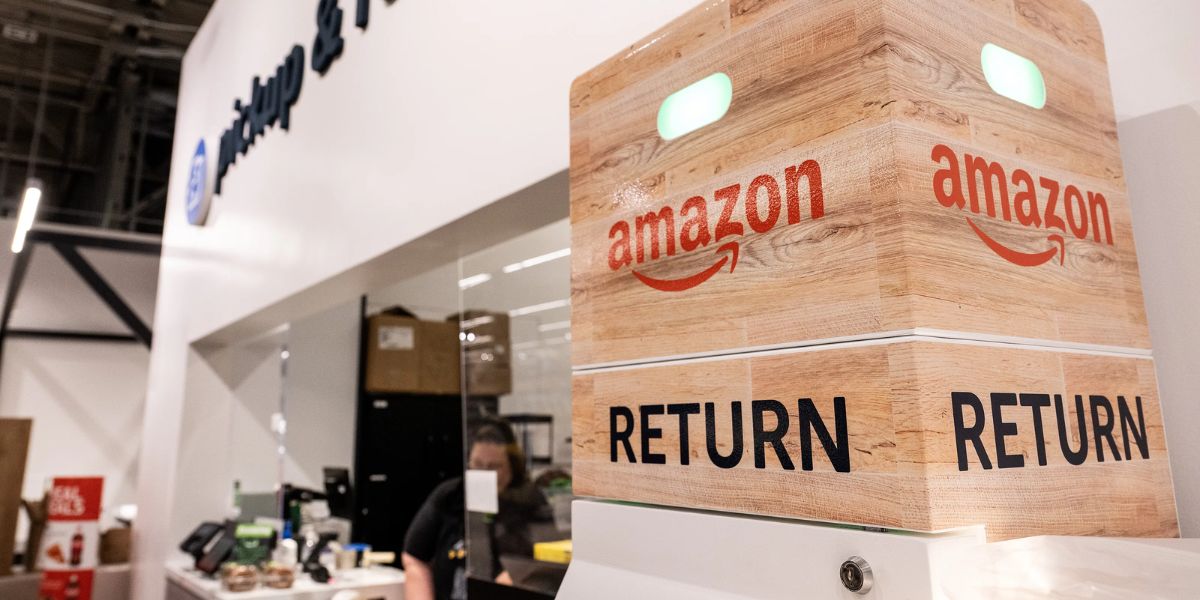Amazon and its return policies are the talk of the town. Small businesses operating under the umbrella of the online shopping giant have had enough, they can’t take it anymore. What used to be a competitive advantage, an agile return policy without hurdles, has now become a headache for independent sellers.
Why? You might ask. Because fraud cases have increased, operational costs have gone up, and some are even considering leaving the Fulfillment by Amazon (FBA) program… The situation has gotten so bad that the company itself has been forced to impose new fees on sellers with high return rates, in addition to adding warning labels to the most problematic products! But… what is happening in e-commerce?
A system that no longer works
The experience of Rachelle Baron, founder of Beau and Belle Littles, says it all: her store, due to an Amazon error, sent dirty diapers to customers because of a return handling issue… And this is not an isolated case.
Dozens of small business owners report that returned products not only arrive damaged or used, but sometimes they don’t even match the original items!!!!
What is Amazon’s return policy?
You have 30 days from delivery to return products purchased on the platform, as long as they are in their original condition, of course.
Some items have special conditions and others are non-refundable (such as personalized or hygiene products once opened). Returns are usually free, especially if Amazon is at fault, and this hasn’t gone down well with the stores that operate within Amazon.
Fraud is skyrocketing
Return fraud has become a very serious threat, reaching 14% of returns being fraudulent, which has cost businesses a staggering $890 billion in losses, according to the National Retail Federation!!
Many customers receive products, use them, and then return them claiming they are defective. In other cases, they return different or empty items…
This behaviour comes at a high cost, and companies like Mike Jelliff’s, tired of receiving defect-related returns, have had to invest in surveillance systems with 40 cameras to track every move in their warehouses. All in an effort to stop the return system from ruining their business!
What does Amazon say?
In response to the chaos, Amazon has implemented new measures: a special fee for sellers with many returns and visible warnings on products with high return rates. And although this has reduced returns by 5%, it doesn’t solve the problem at all…
In addition, a trend is spreading among major retailers: instead of accepting the returned product, they simply tell you to keep it if its value is low and doesn’t justify the shipping cost. Sure, for the customer it’s a “surprise” (although what are you supposed to do with an item that doesn’t work or is broken?)
Ecommerce turns into a minefield
But the problem isn’t just with Amazon, several online retailers have seen a growing number of returns and many no longer know what to do.
The cost of selling online
Processing a return can cost between 20% and 65% of the product’s original value. Many of these products are not resold, they are destroyed. That’s why even successful sellers like Lorie Corlett barely make a 1% net profit after covering all return-related costs. Something that, logically, is not viable for every business, don’t you think?
Why is this happening?
Because Amazon’s sales model is focused on the product, not the seller. And this is making it impossible for many businesses to sustain themselves under these conditions. Some raise prices, others just leave. And others, like GoodBuy Gear, choose to offer more transparent return processing services to third parties.
Amazon is expected to adjust its business model and help ease this pressure on small businesses. Will they be able to do it?




